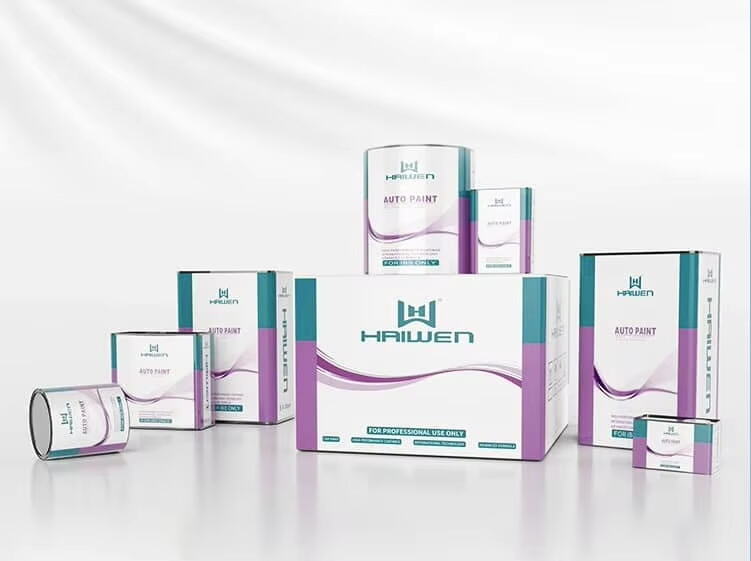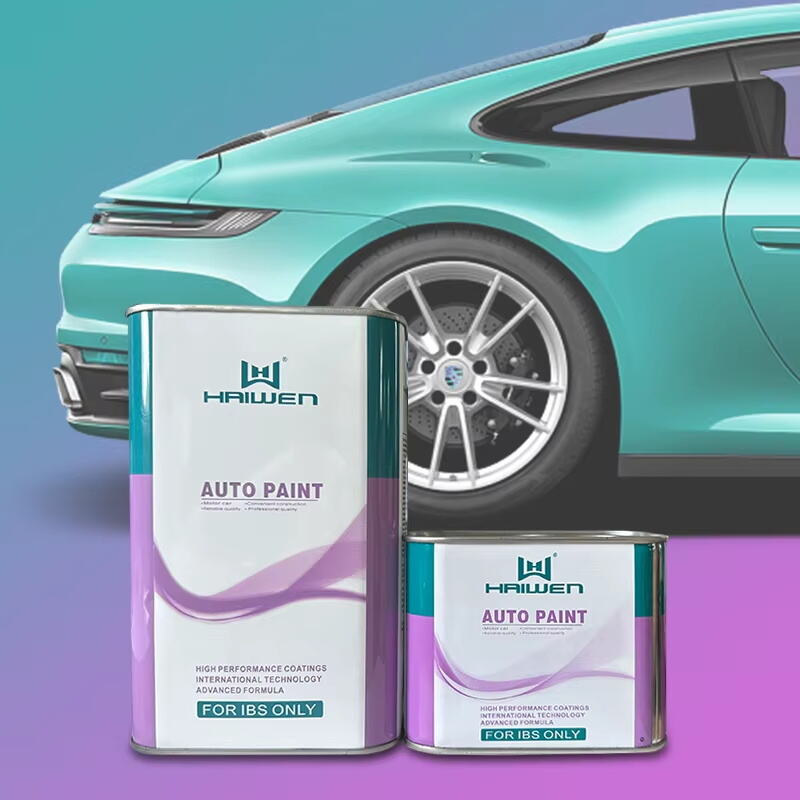What is clear coat?
In the world of automotive refinishing, the final layer of paint plays a critical role in determining both appearance and durability. This final protective layer, known as clear coat, is transparent and sits above the basecoat to create gloss, protect against external damage, and extend the life of the finish. Clear Coat in Automotive Refinishing ensures that the vehicle’s color remains vibrant and protected from harmful elements. Without this essential layer, the paint system would be vulnerable to scratches, fading, and chemical damage. For manufacturers, body shops, and car owners alike, understanding the role of clear coat is the first step in appreciating its importance as both a cosmetic and functional shield.
Gloss, UV protection, scratch resistance
Enhancing gloss and depth
One of the most noticeable benefits of Clear Coat in Automotive Refinishing is its ability to create gloss and depth. A vehicle without a clear coat often appears flat or dull, even if the base color is vibrant. With clear coat, the surface reflects light in a way that enhances depth, making colors appear richer and more appealing. This glossy finish is one of the reasons clear coat is considered indispensable in modern paint systems.
Protecting against UV damage
How does a vehicle maintain its shine even under constant sun exposure? Clear Coat in Automotive Refinishing provides essential UV protection. The layer absorbs and deflects ultraviolet rays that would otherwise degrade pigments in the basecoat. Without this protection, colors fade quickly, and the vehicle loses its original appeal. UV-resistant clear coats extend the life of the finish, ensuring long-lasting vibrancy.
Improving resistance to scratches and chemicals
Vehicles are constantly exposed to physical wear and environmental contaminants. Clear Coat in Automotive Refinishing acts as a shield against scratches from car washes, road debris, or minor contact. It also provides resistance to chemicals such as acid rain, bird droppings, and road salts. By preserving the integrity of the underlying paint, the clear coat saves car owners from costly refinishing jobs.
HS (High Solid), MS (Medium Solid), Fast Dry, Slow Dry
High solid and medium solid formulations
Clear coats come in different formulations, each with its own benefits. High Solid (HS) clear coats provide a thicker layer with fewer solvent emissions, making them more durable and environmentally friendly. Medium Solid (MS) clear coats, on the other hand, are easier to apply and level quickly, providing a balance between performance and workability. Choosing between HS and MS depends on the project’s needs and the equipment available in the workshop.
Fast dry and slow dry options
How does drying speed affect automotive refinishing? Fast dry clear coats are designed for projects where turnaround time is critical, such as high-volume body shops. Slow dry clear coats, however, allow for better leveling and fewer imperfections, making them suitable for larger panels or high-quality finishes. Clear Coat in Automotive Refinishing offers options that fit both production efficiency and finish quality, depending on the chosen type.

Mixing ratio, spraying technique, curing conditions
Getting the mixing ratio right
Clear coats are typically applied in combination with hardeners and sometimes thinners, and the mixing ratio is critical for success. Incorrect ratios can lead to improper curing, weak protection, or visual defects such as cloudiness. Clear Coat in Automotive Refinishing requires precise adherence to manufacturer recommendations to achieve maximum performance. Accurate mixing ensures both durability and visual appeal.
Spraying techniques for an even finish
Application technique significantly influences the outcome. Spraying should be done with steady, overlapping strokes to ensure consistent coverage. Clear Coat in Automotive Refinishing demands attention to air pressure, nozzle size, and distance from the surface. Proper spraying prevents runs, sags, and orange peel effects. By mastering spraying techniques, refinishing professionals achieve showroom-quality finishes.
Curing conditions for durability
Curing is just as important as application. Clear Coat in Automotive Refinishing requires controlled conditions for proper drying and hardening. Factors such as temperature, humidity, and airflow all affect the final result. Inadequate curing can result in soft finishes that scratch easily or fail to resist UV radiation. Professional refinishing shops often use heated booths to ensure optimal curing and maximum durability.
Demand for high-performance, eco-friendly clear coats
Growing focus on performance-driven products
As the automotive industry evolves, so does the demand for advanced coatings. Customers now expect finishes that maintain gloss, resist damage, and last longer. This has increased demand for Clear Coat in Automotive Refinishing that offers superior performance under challenging conditions. Enhanced scratch resistance, self-healing properties, and advanced UV protection are now key features sought after in high-performance products.
Rising demand for eco-friendly formulations
Why are environmentally friendly coatings gaining traction? Regulatory pressures and consumer awareness have driven demand for low-VOC (volatile organic compound) clear coats. High Solid formulations reduce solvent emissions, making them more eco-friendly while maintaining performance. Clear Coat in Automotive Refinishing that balances sustainability with quality is increasingly favored by manufacturers and repair shops aiming to reduce their environmental impact.
Clear coat as the final shield for cars
Protecting investment and appearance
Clear Coat in Automotive Refinishing is not just a finishing touch; it is the final shield that protects both the vehicle’s appearance and its value. By providing gloss, UV protection, and scratch resistance, clear coats ensure cars remain attractive and durable over time. For car owners, this protection translates into long-term savings and pride of ownership.
Essential for every refinishing project
Every automotive refinishing project relies on clear coat to achieve lasting results. From HS to MS, fast dry to slow dry, the available options provide flexibility for different needs. With proper application and maintenance, Clear Coat in Automotive Refinishing guarantees a finish that stands the test of time. For professionals and car owners alike, it remains the defining layer that ensures durability and elegance in automotive paint systems.
FAQs
What is the purpose of clear coat in automotive refinishing
Clear Coat in Automotive Refinishing provides gloss, UV protection, and scratch resistance. It preserves the basecoat and enhances the vehicle’s overall appearance while ensuring long-lasting durability.
How do different types of clear coat affect performance
High Solid clear coats offer durability and eco-friendly benefits, while Medium Solid options provide ease of application. Fast dry types save time, while slow dry types enhance leveling and finish quality.
What are the key tips for applying clear coat effectively
Correct mixing ratios, consistent spraying techniques, and proper curing conditions are essential. Following manufacturer guidelines ensures Clear Coat in Automotive Refinishing performs as intended.
Why is eco-friendly clear coat becoming more popular
Eco-friendly formulations reduce VOC emissions while maintaining durability. Many workshops and car owners prefer sustainable options that align with environmental standards without compromising performance.



